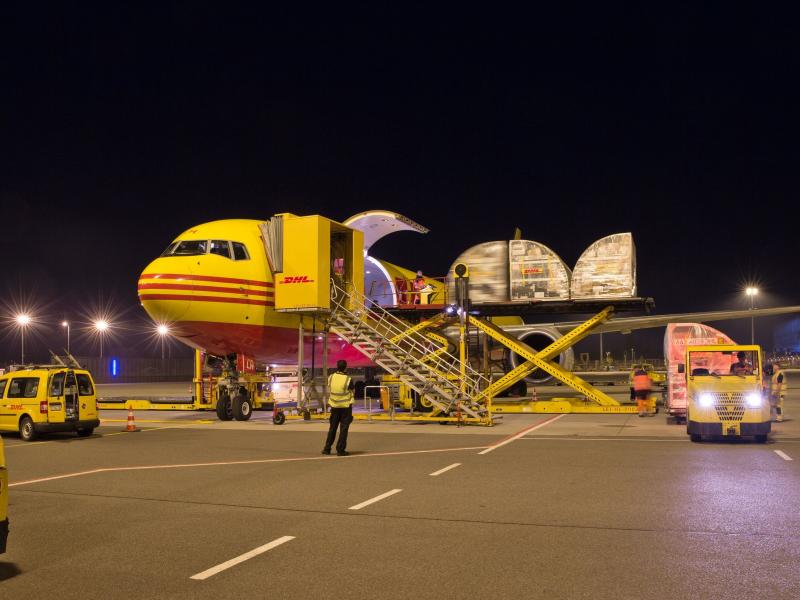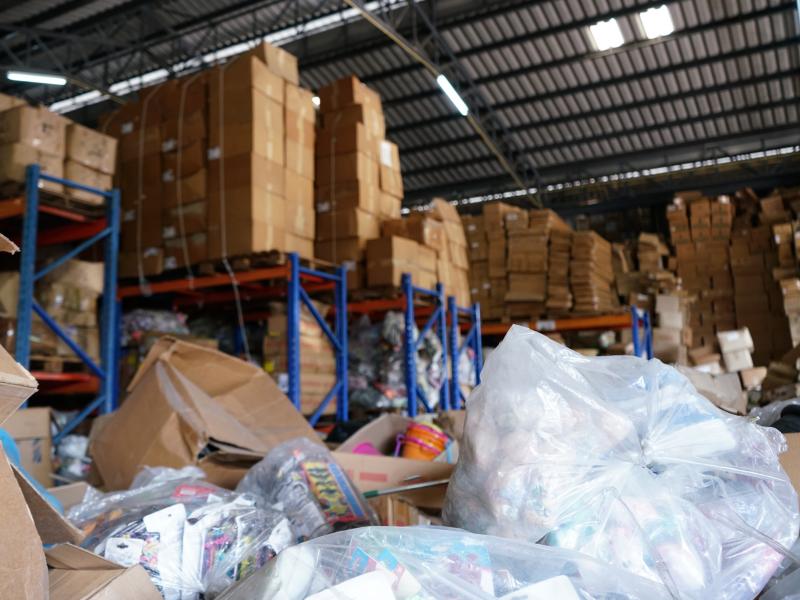Putting New Zealand’s freight system and supply chain back on track is a major priority, writes Catherine Beard.
Lately, New Zealand businesses have been feeling the full impact and tyranny of distance. ExportNZ has heard from businesses who simply cannot get their hands on the components needed to manufacture their products here, and unable to secure container space (in some cases paying up to 400 percent more).
Shipping and logistics was the number one issue for exporters according to the 2021 ExportNZ DHL Barometer. I would wager it’s still top of mind. Many of these businesses were unable to increase prices to reflect the effort that goes into production, as this would mean losing their competitive edge globally.
Something’s got to give, and we have a significant opportunity to review and design a future system to achieve the best outcomes for New Zealand. Given our distance from large international markets, and dependence on trade for economic prosperity, New Zealand needs a robust and reliable freight and supply chain system.
Get our house in order
We are but one link in a global supply chain issue. Covid has shown us that all modes of transporting freight are vulnerable to breaking down eventually. Ensuring our domestic supply chain systems are well supported and allow businesses to be agile is key to developing a futureproof supply chain system strategy.
Issues of capacity and throughput at the Port of Auckland has knock-on effects through the whole country, and can lead to delayed ships missing other ports, and containers winding up in the wrong place.
After automation caused additional capacity constraints for the Port at a time of high demand and disruption, it is good to see the Port of Auckland now getting back to basics.
The Government has committed $30 million in funding to improve domestic shipping services, reduce emissions, improve efficiency and upgrade maritime infrastructure. This is a welcome start, but it’s important we also refrain from investing totally in one mode of freight. Comprehensive investment will bolster our system effectively.
Acknowledge existing issues pre-Covid
Some of New Zealand’s supply chain issues have been around long before Covid-19, and only exacerbated by the pandemic. Increasingly, the system has struggled with growing volumes without the new resources and investment to cope with rising demand.
Businesses and stakeholders agree that labour shortages are one of the top issues in the sector. Ensuring the sector is able to attract workers means having safer, high-quality, skilled jobs, as well as education and training opportunities.
Like many others, the freight and supply chain system relies on a simple, clear, sustainable immigration system to help to fulfil its labour force. New Zealand’s immigration policy needs to support the attraction of migrant workers in this field, as part of a larger refresh of immigration policy.
Think a little bigger
New Zealand is not a small country. Rather, we are a large country with a small population. We need to consider how we want to grow and if we have the resources and plan in place to grow sustainably. A larger population leads to economies of scale and increased investment in infrastructure and logistics. The OECD suggests that Australia’s scale more than compensates for the adverse effects of distance from markets. Australia’s blueprint could hold valuable lessons for New Zealand.
Any long-term freight and supply chain strategy worth considering needs to factor in the growth of New Zealand’s domestic population and invest accordingly. A larger domestic population will lead to more demand, putting pressure on the existing supply chain system. Investment in networks needs to remain ahead of the population curve to keep up with demand.
We can’t fix the global supply chain issue alone but we can take control of the situation at home. Doing so will ensure New Zealand’s freight system and supply chain is in good health, and ready to do its part efficiently and effectively, once the global supply chain recovers from a turbulent two (going on three) years.
Catherine Beard is ExportNZ's director of advocacy.





